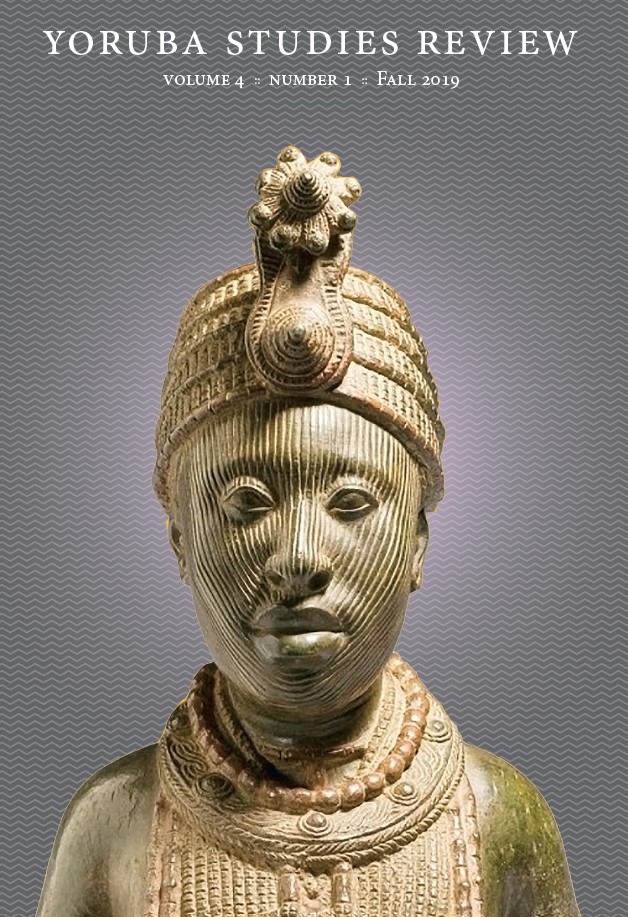Abstract
In the early part of the 18th century, and at the height of its political power, the old Òyọ́ ̩ Empire established its hegemony over Sábẹ, Benin Republic, and new Yorùbá communities were founded in Sábẹ. Yorùbá communities also exist at Ifè̩-Ana in the Atakpame region of Togo. The Ifè̩-Ana Yorùbá were migrants from Ilé-Ifè between the 16 ̩ th and 18th centuries. In these new Yorùbá communities, the people continued with the worship of traditional Yorùbá religion and the use of wood-carvings for this worship. This study employs historical and ethnographic methods to establish the presence of traditional Yorùbá religion in Òyọ́ ̩, Sábẹ and Ifè̩-Ana. It then identifies and classifies extant Yorùbá wood-carving paraphernalia in the worship of Ifá, Ṣàngó, Egúngún, Gẹlẹdẹ, and Ìbejì that were transferred from Ò ́ yọ́ ̩ to Sábẹ and Ifè̩-Ana. The study observes a cultural interrelationship moving from east to west and west to east among the communities.

This work is licensed under a Creative Commons Attribution-NonCommercial 4.0 International License.
